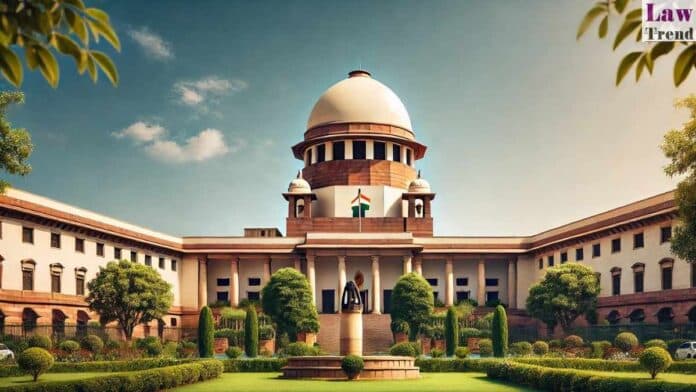The Supreme Court on Monday tagged with a similar matter a plea challenging the Madhya Pradesh High Court’s decision striking down an amendment that allowed filling vacancies in the district judge (entry level) cadre from among serving judicial officers when no suitable candidates were found from the Bar quota.
A bench of Justices M.M. Sundresh and Satish Chandra Sharma said the issues raised in the Madhya Pradesh High Court’s plea were similar to another pending case involving the same controversy, and directed that both matters be heard together.
The petition, filed by the Madhya Pradesh High Court through its Registrar General and represented by advocate Ashwani Dubey, sought a stay on the high court’s April 4, 2025 order quashing the amendment to the Madhya Pradesh Higher Judicial Service (Recruitment and Conditions of Service) Rules, 1994.
The amendment introduced a proviso to Rule 5(1)(c) of the 1994 Rules, enabling the high court to fill vacancies of district judges (entry point) from among serving judicial officers if no suitable candidates were available from the Bar quota in two consecutive recruitment cycles.
According to the petition, the modification was necessitated by a “chronic failure” in recruiting district judges through the direct advocate quota, despite repeated advertisements. Between 2011 and 2015, 304 vacancies were notified, but only 11 advocates were found suitable—amounting to just 3.61 per cent of the posts earmarked for direct recruitment from practising lawyers with more than seven years’ experience.
This persistent shortfall, the plea argued, led to an “alarming increase” in workload for existing officers, significantly affecting case disposal rates and the overall efficiency of the state judiciary.
The petition contended that the amendment was an institutional response to a systemic recruitment crisis and not a new mode of appointment. It maintained that the proviso merely operated as a conditional mechanism within the existing recruitment framework to prevent posts from remaining vacant.
“The Proviso to Rule 5(1)(c) was introduced as a necessary institutional response to the chronic failure of the direct recruitment process for district judges through the lawyers’ quota, which remained ineffective since 2006,” the plea stated.
It further submitted that the high court, in quashing the amendment, failed to appreciate its constitutional and functional rationale. The objective, the petition stressed, was to maintain judicial efficiency and ensure the constitutional goal of timely justice delivery was not compromised.
The Madhya Pradesh High Court had struck down the amendment while deciding petitions filed by certain candidates, holding that it altered the balance of representation between the Bar and the Bench envisaged under the recruitment scheme.
The Supreme Court will now hear the Madhya Pradesh High Court’s plea alongside the related pending matter concerning the same issue.




